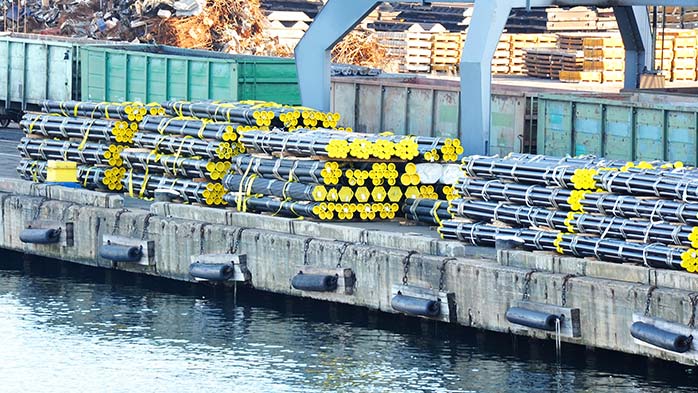Our client, a leading International Financial Institution, was implementing a major new programme aimed at providing resource-rich client countries with strengthened policy advice and access to lending facilities designed to support the development of their domestic natural resource sectors.
The primary goal of this project was to provide guidance on the implementation of more effective tax policies in the mining sector. The client engaged CRU to help understand the following issues and questions:
- What are the principal taxes and fiscal levies bearing on the mining sector?
- What impact do these taxes have on investment and operational decisions at the site level?
- Do these tax distortions differ in magnitude across countries, commodities and mine sites?
- How can mining sector taxes be designed to minimise such policy inefficiencies?
Our recommendation
Drawing on a sample of representative mining operations across a range of major commodities and producer countries, CRU provided robust and broad-ranging guidance to the client on appropriate fiscal regime design.
For example, we provided quantitative evidence on the breakdown of the economic benefits from different mining operations between governments, investors and employees. We also provided guidance in terms of how these shares changed under different commodity pricing environments to better understand the distribution of rewards under different market outcomes.

Source: CRU

Source: CRU
One important contribution of the project was to better understand the determinants of policy inefficiencies. For example, we quantified the trade-offs between the share of overall government take and the size of the resulting tax distortions.
We also showed how these policy costs were impacted by site level technical conditions, highlighting particular risks in large, long lived mines where the extent of technical flexibility (and thus tax induced changes to operational decisions were greatest).
Methodology
Working in cooperation with leading international academics in the field – and leveraging CRU’s own in-house expertise in fiscal policy and mine economics – CRU designed and estimated a sophisticated techno-economic model designed to assess distortions from taxes bearing on mining output, firm profits and dividends, as well as asset transactions.
The modelling framework considered geological and cost inputs specific to each operation or project, as well as macroeconomic and fiscal parameters relevant to the jurisdiction in which each case was located. Many of these data were based on CRU’s proprietary cost models and site level databases.

We modelled the impacts of fiscal regimes on investment, production and mine closure decisions for a sample of 15 mine sites across 5 different countries within Latin America. These extended across bulk, base and precious metals, in order to develop a broad picture of the potential fiscal impacts on the mining sector.
Outcome
CRU found that the overall level of distortions from the fiscal regimes studied were relatively low. However, we identified substantial variation across the sample, indicating that technical considerations at the mine site had a relatively significant bearing on overall policy costs.
We also found positive correlation between policy efficiency – measured as the associated dead weight loss (DWL) – and government take. The same positive correlation was found in the fiscal regimes which included profit sharing schemes.
The results were presented to senior policy makers, academics, and analysts who will use the conclusions of this work to support policy dialogues with Latin American governments.






